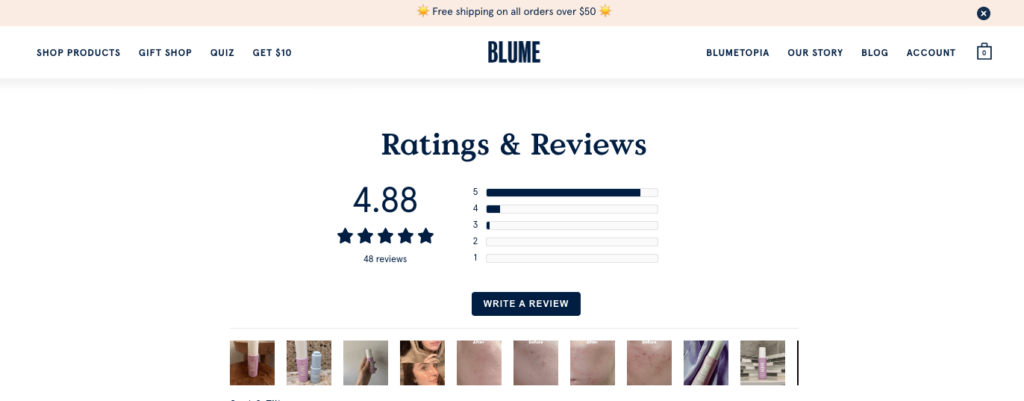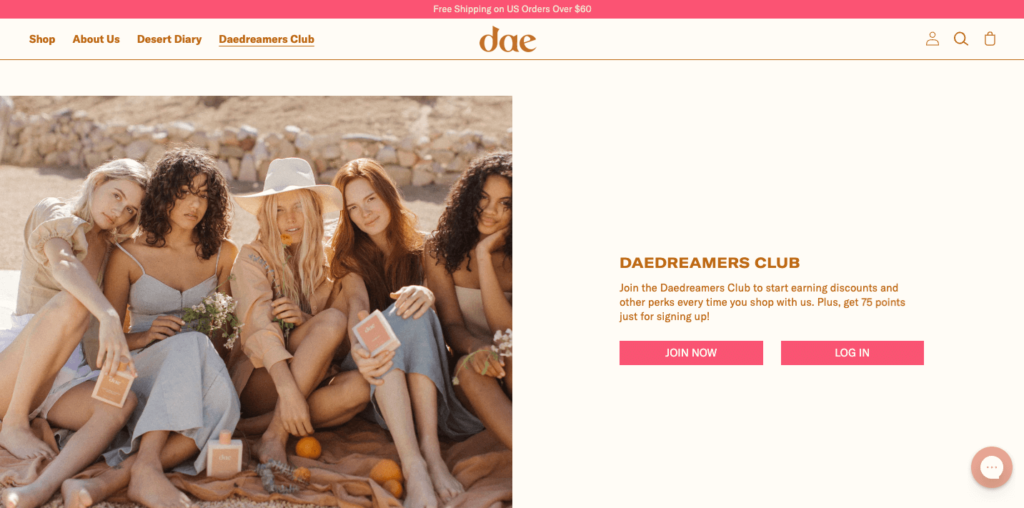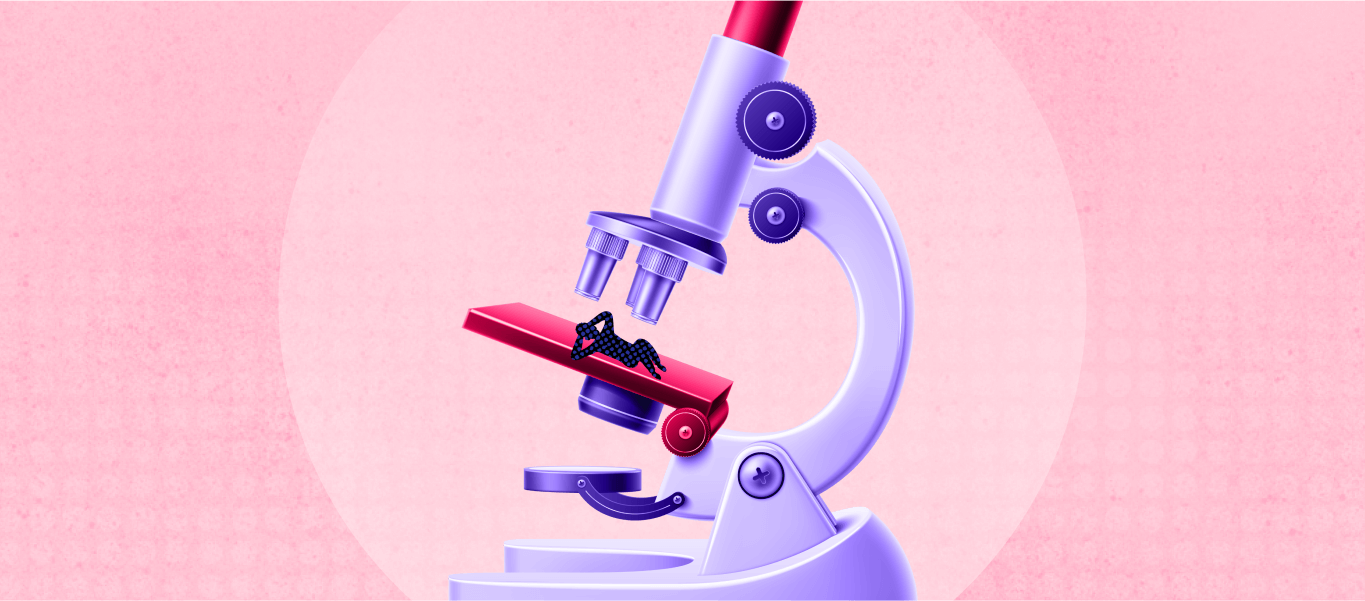With the rise of social media platforms like TikTok which encourage realness and a semblance of unfiltered content, it’s no surprise that consumer behavior is trending towards relatability. Especially with the lack of opportunity to meet with one another in person in the last few years due to the pandemic, relationships and human connection are now at the forefront of a successful marketing strategy.
As somebody who has personally felt the isolation that has come with the pandemic quite deeply, I can admit that I’m no stranger to this concept. It’s my firm belief that humans are inherently relational creatures, and what sets us apart from other warm-blooded creatures is our capacity for storytelling and relationship. Frankly, I find it quite genius for brands to play into that corner of humanity in its customers that crave to be seen and understood.
This year is showing us that that’s exactly where ecommerce is headed: toward an increased desire for personalized experiences. In fact, 66% of consumers won’t buy from a brand that doesn’t have personalized content in their shopping experience.
New customers are looking to social media and real testimonials from existing customers to distinguish the good from the worthy amongst recognizable brands. Ways that brands are able to stand out include encouraging customer loyalty and providing stellar customer service, and it all boils down to how strong the connection feels between the customer and the company.
Key takeaways
- Brand loyalty is important in increasing brand recognition across social media and marketing in highly saturated markets.
- Loyal consumers are looking for personalized experiences to distinguish a company from other brands offering similar services.
- Personalization is highly effective in building brand loyalty when it is driven by data.
Why is brand loyalty important?
It’s amazing that in today’s day and age, aspiring entrepreneurs have so much access to creating their own products and brand. However, this leads to an oversaturation in the market and can inevitably lead to choice paralysis, which makes it harder for one brand to stand out from the rest. Having a good product is simply not enough to encourage repeat purchases anymore.
Stand out from your competitors with brand loyalty
This is where brand loyalty comes in. A loyal customer who enjoys the product and the brand story spreads the news however they can, and whenever they can. Even without a formal loyalty program or affiliate program, consumers who love their experience end up contributing to a brand’s marketing efforts through word of mouth, effectively acting as brand ambassadors through channels like social media. When a customer believes they have shared values with a brand, they’ll feel motivated to see them grow, too.
Not only will they continue to purchase from this particular brand themselves, but they’ll encourage new customers to do the same and diminish the competitors through personal testimonials.

Keep in mind that in the beginning stages, brands’ effective marketing will still need to have higher quality products than their competitors to intrigue consumers. Superior product quality can also help direct-to-consumer businesses provide balance to the low prices that other companies may be offering.
But once the groundwork is complete, it’s the brand’s personality, the brand story, and the customer experience that push a particular brand to the top and create brand loyalty.
Loyal customers generate predictable revenue
This is the backbone of subscription programs and ecommerce everywhere. When you build brand loyalty, you are creating repeat customers, and brands who implement subscription programs lock that in by making it easy and convenient to continue that behaviour.
Subscription programs offer a loyal customer the ability to continue what they’re already doing with increased ease and accessibility. So, you’ll often see that subscriptions and brand loyalty will go hand in hand.
Subscriptions also provide an additional layer of data that you can unlock, since subscriptions allow you create a longterm relationship with your customers. With this kind of data, you’re able to gain insights like why a customer may purchase a product on a recurring cadence, and at what cadence generates the highest lifetime value.
Customer loyalty is driven by data
At the end of the day, customer loyalty is data driven. You cannot better serve your loyal customer base without knowing who your frequent customers are and what they need. Utilizing your data to determine trends in consumer behaviour can increase customer retention and increase brand loyalty.
Brand loyalty examples exist all around you on social media. Tenzo Tea talks about how they use their data to create a positive customer experience and increase their brand presence by pairing it with data-informed marketing and developing a sense of community.
Mixhers does a great job at this with their online community forum. I love the way they’ve weaved their product and brand into an interactive experience that makes customers like myself feel like we are part of their story together.
You can search through social media easily by going to a brand’s account and seeing where they’re tagged, or through popular companies that offer reviews of businesses. Often you’ll see customers sharing how a certain brand is better because of the product quality, better service than other companies offering similar quality, and then overall better branding.
Data at every touch point
Data is used in most solid marketing tactics—whether it’s collecting and analyzing data on which products repeat customers tend to purchase, or which landing page seems to appeal to the target market best. Asking the right questions at every touch point so you can create a holistic view of the different customer personas your brand services is crucial in being able to offer the right things to the right people and encourage brand loyalty.
Meet your customers where they are
Consider all the different channels your customers are reaching your products from and how you can optimize each of these to convey consistent and seamless branding. Did they find your product on social media, and how easy was it to purchase from there?
Beyond the source from which they came, you can also meet customers at specific locations in their purchase journey. You’ll want to gather and analyze data in a few areas:
- Pre-purchase
- At checkout
- Post-purchase
Pre-purchase
Pre-purchase data will generally look at things like customer engagement on specific pages, how the customer arrived at a specific page, and which pages have a higher conversion. These sorts of data can help you personalize the customer experience and build brand loyalty by optimizing it to what engages customers more.
For example, if you notice that frequent customers tend to stay on your brand pages that have videos of the product in action, you’ll likely want to include videos on product pages overall. Or, if you see that most of your conversions are from consumers finding your page on a particular social media channel like Facebook, you can invest more money in those advertising efforts while still establishing healthy profit margins overall.
Checkout
Data at the point of conversion is also extremely important when it comes to brand loyalty. Consumers want a seamless checkout experience—again, another reason why offering subscription options can be so effective for repeat customers. You can look at checkout data by looking through abandoned carts, abandoned checkouts, and successfully created orders.
What payment methods are most popular and why? Are payment methods that take you away from the checkout page through a popup offering more options for your customer, or creating friction in the checkout process? What about discounts—are your customers taking advantage of discounts at checkout? Are you offering the ability to use multiple discounts? These are all things you can assess at the checkout page that can impact brand loyalty.
Post-purchase
Post-purchase data is critical to brand loyalty because it tells you the story of your existing customers who have successfully converted. This data can inform your company on how to build brand loyalty by deducing what caused your customers to convert, what may have made them repeat customers, what may have enticed them to stay loyal to your brand, and more.
This data can also look at analyzing reasons why customers churn. For companies that offer subscriptions, providing customers the ability to share the reason they cancelled can help a brand optimize areas of friction like the shipping services they utilize.
Encouraging brand loyalty through campaigns & loyalty programs
Before brand loyalty reaps the reward of encouraging new customers, it must first entice its existing customers. While you can use this data to optimize your marketing for new customers, you can also use this data to increase existing customers’ average order value, lifetime value, and thus build brand loyalty.
This can be done through things like upselling, cross-selling, and implementing a rewards program.
Loyalty through upselling & cross-selling
The data can inform which products to recommend to consumers that are similar to what they’ve already liked and purchased, and which products might pair well with what’s in their cart. It can also reach consumers on a personal level through a quiz-to-checkout flow or survey to offer exactly what it is they are looking for. You want to make sure your recommendations are logical and relevant to generate trust and build brand loyalty.
This is especially important in times of supply and demand imbalance in the market. Businesses want to offer alternatives to customers for products that are low or out of stock to encourage them to still convert and retain brand loyalty, but customers likely won’t like what they’re seeing unless it can accurately replace the out-of-stock product to some degree. If your brand fails to establish relevant and tailored suggestions, it’s likely that your dedicated team of experts will need to get back to the drawing board to avoid breaking trust.
Implementing a rewards program

Similarly, you can reward a customer’s loyalty with free gifts, discounts, and other incentives like to show them that there is value to being brand loyal customers.
Brands will often use these programs to motivate specific behaviour, such as offering a number of rewards points for posting about their product on social media. A brand loyal customer generally has little hesitation in doing this, especially when it’s tied to an affiliate program where they are essentially acting as brand ambassadors to their followers. This way, they can collect commission and also feel like they are doing their part to spread awareness of their favourite brand.
The happy birthday strategy
You know what else customers love to have personalized? The discounts and messages you send to them.
It may seem trivial at first, but companies that offer customers things like a special discount on their birthday can entice them to make a purchase they weren’t expecting, or a purchase they were expecting sooner.
While these offers can be promoted on social media, this is also an important piece to consider in your email and SMS marketing strategy. Segmenting your customers into cohorts based on their purchase behaviour and other data you’ve collected about their preferences can help to build brand loyalty, too. It may be the subconscious mind at work, but brand loyal customers are more likely to engage with your notifications when it is relevant and exciting.
Know thy customer, know thyself
“To know thyself is the beginning of wisdom”.
Socrates
For companies, knowing thyself is all about knowing who your customers are and what they want. This is the kind of wisdom that takes your company from 4 stars to 5 stars and develops brand loyal customers.
But like it is with most relationships, it’s not enough to just know. Personalize the experience to cater to the needs of your customers and encourage loyalty through a two-way relationship. Building loyalty to your brand is teaching your customers that you are listening and working together to build something great.
Sources
[1] Mastering Personalized Content in Ecommerce: The 3 Strategies You Need to Succeed (Playbook)
[2] How to overcome choice paralysis in your business (Recharge blog)
[3] Repeat Customer (Recharge glossary)
[4] The power of data & its role in increasing retention with Tenzo Tea (Recharge podcast recap)



